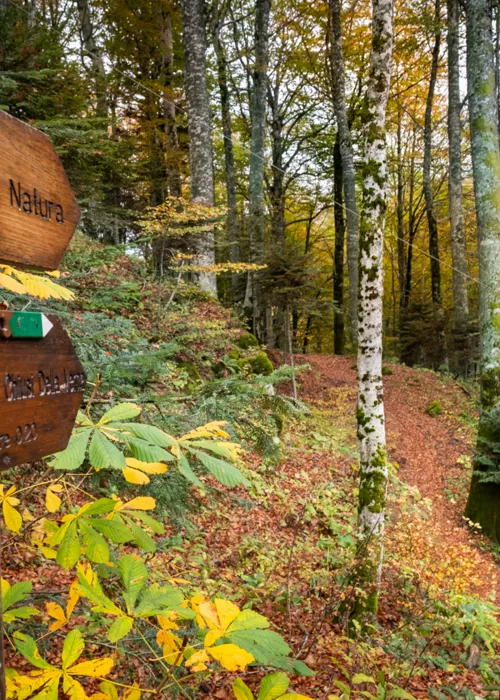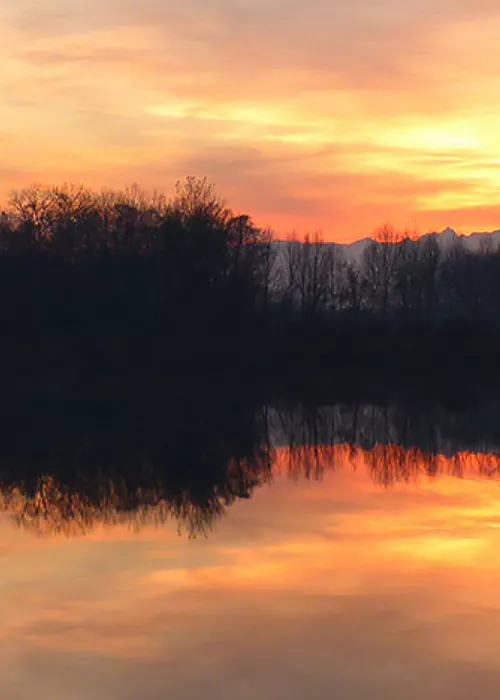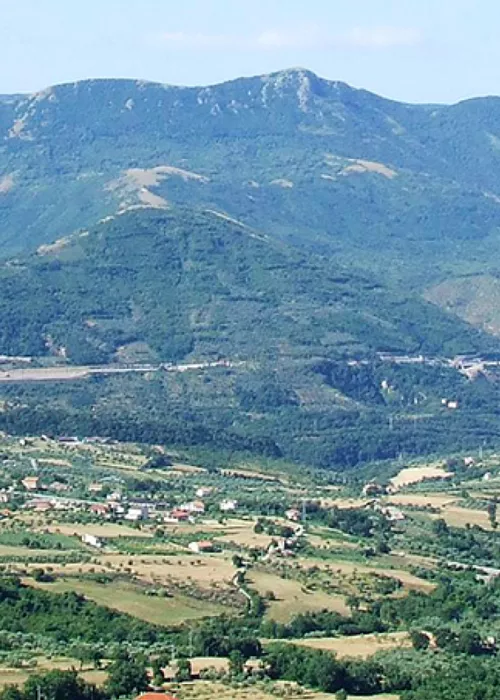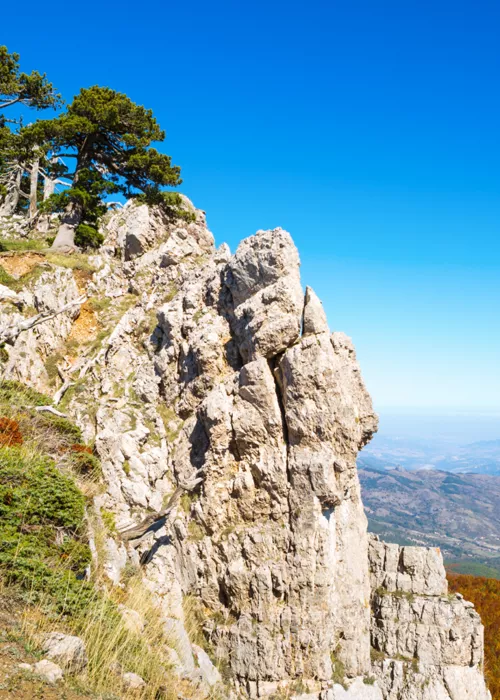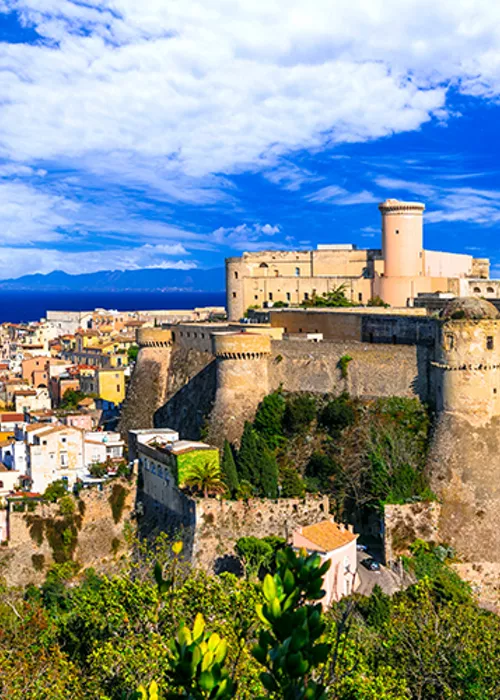1 Perugia - Assisi

20 km
Powerful Etruscan centre, then important mediaeval city, Perugia lovingly preserves precious traces of its bright historical periods. Important cultural and tourist destination, it is the prestigious seat of the University for over 700 years, of the historic Academy of Fine Arts, the Music Conservatory and of theUniversity for Foreigners that, with students from all over the world, its strong international vocation is highlighted.
Brilliant and lively culturally and socially, Perugia is full of “secrets” to unveil:
from Rocca Paolina to the 13th-century Maggiore Fountain, then museums, churches, monuments, palaces, medieval towers and significant modern and contemporary testimonies.
A series of up and down streets, alleys and stairways criss-cross the town: rich in public and private museums, artistic craft workshops and peculiarities of a typical cuisine enhancing the characteristics of a city still on a human scale.
You will find Perugino, Pinturicchio, Raphael, Burri and Beuys and bel satiated on theand notes of Umbria Jazz and of the rich season of the Morlacchi Theatreand the Peacock Theatre.
From Perugia, our route takes us to Assisi, a city with a thousand facets.
A place where the sacred and the profane have always co-existed.
Across the plain rich in crops and livestock, the path reaches the slopes of Mount Subasio and climbs to the plateau where the city of St Francis rests, where everything seems to revolve around the figure of the Poverello. Where the spirit rises, art reaches lofty heights. The Basilica of St Francis and other Franciscan places have allowed Assisi to become a Unesco site.
Walking around Assisi is immersing oneself in a painting where all the brushstrokes speak of history, art and faith:
the San Francesco complex, the basilica of Santa Chiara, the cathedral of San Ruffino... then the square, fortress, ancient walls, craft shops and aromas of local cuisine flooding the streets and alleyways! There is no corner of this city that does not catch the eye and elevate the mind and heart.
2 Assisi - Deruta

23 km
Leaving Assisi behind, the journey continues. Our first steps are a continuous turning back as if to check that the city, towering over the hill, is following us and accompanying us with its gaze. After passing the basilica of Santa Maria degli Angeli and Porziuncola, the path rejoins the fertile Tiber valley and reaches Deruta. On the list of Italy's Most Beautiful Villages, Deruta welcomes us with its most modern and best-known face. The ceramic factories, at the foot of the old village, have given and continue giving prominence and lustre to an ancient artistic/craft tradition appreciated worldwide. Entering the village through one of the ancient gates, we are immediately immersed in a beauty that’s equally simple and exciting. As soon as we enter the gate, the remains of ancient kilns testify to how old the tradition of artistic ceramics is in this village. Raphaelesque and Byzantine are the two most popular styles adorning palaces, churches and the common homes of anyone who loves beauty.
The octagonal fountain, the 14th-century palazzo dei consoli and the Church of St Francis with the convent complex housing the Ceramics Museum.
A good plate of tagliatelle or umbricelli accompanied by a good glass of Colli Martani doc will revive even the most tired walker.
3 Deruta - Todi

24 km
Refreshed by the warm Umbrian welcome, we continue our journey, following the course of the river and find Todi to welcome us, like a sentinel, watching over the middle Tiber valley.
Perched on a hill, protected by 13th-century walls, Todi appears to us with its grandeur and elegance. The magnificence of its square presents us, like a carousel, with the seats of medieval power: on one side the Cathedral, flanked by the Bishop's Palace, on the other, Palazzo del Capitano and Palazzo del Popolo. The latter, also known as Palazzo del Comune is one of the oldest public buildings in Italy, initially built in Longobard style, later expanded in the 1200s.
Then, Palazzo dei Priori, the palace of the noble Cesi family, and many other buildings that add lustre to a city that still faithfully bears witness to the riches of the past.
Numerous artists have left their mark on the city, but it is worth mentioning, above all else, the poet and clergyman who is considered one of the most important Italian poets of the Middle Ages, the one who gave, with his “Laudes”, an important boost to the formation of the Italian language and literature: Jacopone da Todi.
The people of Todi have dedicated a dish to him that could be defined as a symbol of the city: Jacopone's Pasticcio.
4 Todi - Castel dell'Aquila

19 km
Descending from Todi, our path crosses the cultivated Umbrian hills, an expansive green sea dotted with ancient farmhouses and country houses, to reach Castel dell'Aquila.
Built by Todi as an outpost of the city against the expansionist aims of Amelia, with its castle, still standing out with its compactness and strength.
The ancient castle was rebuilt in the 16th century, in the form of a palace-fortress, probably by Cesare Borgia.
The Museo della Cultura Contadina is worth a visit, providing an insight into the common life of Italy in past centuries.
5 Castel dell'Aquila - Amelia

12,5 km
Amelia’s bell tower watches over the town, like a sentinel, on the hill. Enclosed by the mighty polygonal walls dating back to Roman times, the historical centre is an intense tangle of alleys and narrow streets where different styles coexist in harmony.
Four of the six original gates open along the city walls and lead into a space outside of time: the cisterns, thermal baths and domus from the Roman era are flanked, in the narrow space of the historical centre, by the imposing 11th-century bell tower, cathedral, monastery of San Magno, the church of San Francesco, the church of Sant'Agostino, the church of Santa Monica, numerous 15th- and 16th-century palaces, and the splendid 18th-century theatre.
At the San Francesco complex, there is theArchaeological Museum, where you can admire the bronze statue of Germanicus, nephew of the Emperor Tiberius, and other artefacts found in the area.
6 Amelia - Orte

17 km
An ancient settlement, first Etruscan then Roman, Orte rises, immersed in the green Tuscia region, on a limestone outcrop near the Tiber River.
Among the narrow alleys, the Cathedral of Santa Maria Assunta stands with its precious pipe organ. The church was rebuilt in Baroque-Rococo style on a basilica of medieval origin.
Not far away are the Church of San Pietro, the medieval Church of San Biagio, the Church and Monastery of Santa Maria di Loreto and the Sanctuary and Monastery of Santa Maria delle Grazie.
Numerous aristocratic palaces and the old town hall, now home to the Augustinian friars, also enrich the historic centre.
You cannot miss a visit to the underground Orte to the Diocesan Museum and Museum of Sacred Art, the Civic Archaeological Museum with exhibits of Etruscan, Roman and early medieval origin.
7 Orte - Gallese

14,5 km
Rising on a tuffaceous plateau, the ancient centre of Gallese arose following numerous barbarian raids, when the population was forced to protect itself by building a walled defence.
The town was the birthplace of two popes, and the artistic influence is remarkable: the cathedral, numerous churches, the castle, several aristocratic palaces, and numerous works of art enriching the town with a timeless preciousness.
8 Gallese - Castel Sant'Elia

28 km
Rising in a fertile area rich in water, Castel Sant'Elia welcomes us with its 13th-century fortifications, enclosing an intricate maze of narrow streets and small houses. The fortress, now in ruins, was commissioned by Pope St Gregory the Great (590-604) to commemorate his meeting with the Queen of the Lombards, Teodolinda.
Walking through the narrow streets we come across the 18th-century Villa dei Petretti, the rupestrian church of San Leonardo, the parish church, the sanctuary of Maria Santissima ad Rupes and the Basilica of Sant'Elias with its long access tunnel consisting of 144 steps carved into the rock.
Of particular interest is the Basilica of St. Elijah, which houses a precious Pergamon, an elegant ciborium and Byzantine-inspired frescoes dating to the 9th century, depicting Christ flanked by the Apostles Peter and Paul and the prophet Elijah, archangels, saints and 12 lambs symbolising the apostles.
9 Castel Sant'Elia - Camapagnano di Roma

19,5 km
First an Italic and Etruscan settlement, then a Roman one, Campagnano was only structured in 1270 with the drafting of its Statute, one of the first in the Roman Campagna.
It was with the arrival of the Orsini family in the 15th century that its golden age began:
artists such as Francesco di Giorgio Martini and Giacomo Del Duca a pupil of Michelangelo Buonarroti, participated in realising this glorious period of the village under the leadership of the Orsini family.
The arrival of the Chigi family in the 17th century initiated another fertile wave of transformations.
The medieval Church of the Pietà, the Collegiate Church of St John the Baptist and the Church of the Gonfalone, with numerous palaces and fountains, bear witness to its urban wealth.
10 Campagnano di Roma - La Storta

20,5 km
Probably founded as a post station for changing horses, La Storta was known even earlier as a Hospitium for travellers to rest and transit for travellers and letter carriers.
Around the year 1000, Archbishop Sigeric of Canterbury, in his account of his journey to Rome via the Via Francigena, first mentions the existence of a settlement that grew around the ancient post station, about nine miles from Rome.
The area was often oppressed by the phenomenon of brigandage to the extent that some gangs reached the size of actual armies against which the Papacy had to fight several times.
A chapel, located in Piazza della Visione, recalls the vision that Saint Ignatius of Loyola had on his way to Rome to be received by the Pope.
With the end of the 19th century and the birth of the Kingdom of Italy, the post station was closed and the phenomenon of banditry disappeared.
Today, however, that sense of welcome that has characterised these places for centuries is not lost. For those who travel the various northern routes to Rome, they are once again the last stop before reaching the Eternal City.
11 La Storta - Roma

19 km
Only a few kilometres remain to reach, via the Via Cassia and Via Flaminia, the centre of the Roman Empire, the heart of Christianity and the end of our journey.



